The best time to enjoy nature walks and hiking in Uganda largely depends on the country’s two main rainy seasons, as trails can become slippery and some park roads may be challenging to navigate during heavy rainfall. Generally, the dry seasons, from December to February and June to August, are ideal for trekking and forest walks. During these months, trails in places like Rwenzori Mountains, Mount Elgon, and Queen Elizabeth National Park are more accessible, visibility is high, and wildlife sightings are easier. The dry weather also allows for safer and more enjoyable multi-day hikes, especially in highland areas where rainfall can make paths muddy and treacherous.
For forest hikes and primate tracking in Kibale National Park or Bwindi Impenetrable Forest, the dry periods are particularly favorable because the forest trails are less slippery, and wildlife activity is more predictable. Birdwatchers also find these months ideal, as migratory birds are easier to spot, and the lush but manageable vegetation makes hiking comfortable. Even in Mabira Forest, morning walks are best undertaken during dry months when the risk of sudden downpours is lower, making it easier to enjoy birdwatching, primate sightings, and the serene forest atmosphere.
While the wet seasons (March to May and September to November) bring heavier rains, they also transform Uganda’s landscapes into vibrant green scenery, with flowing waterfalls and blooming flora. Experienced hikers and nature enthusiasts who don’t mind a little mud can still enjoy trekking during these months, but it’s essential to prepare with proper gear, including waterproof clothing and sturdy boots. Overall, for a balance of comfort, accessibility, and wildlife visibility, the dry seasons remain the most recommended times to plan nature walks and hiking adventures across Uganda.



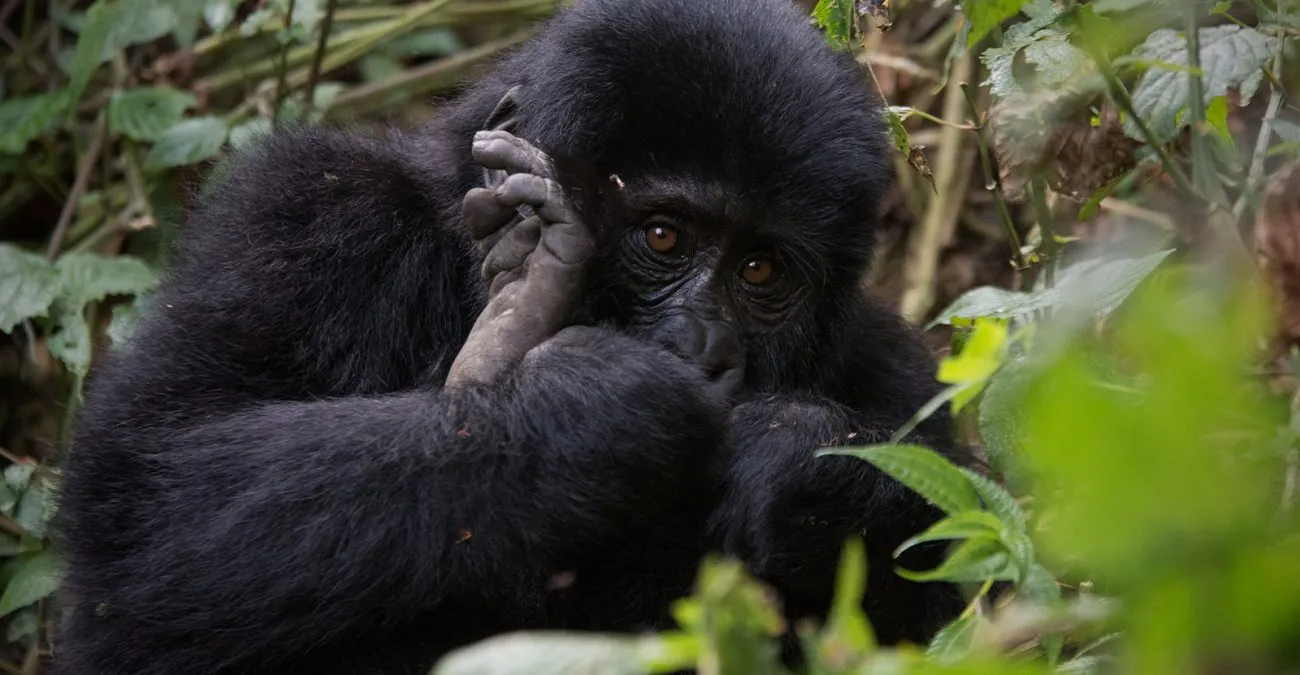
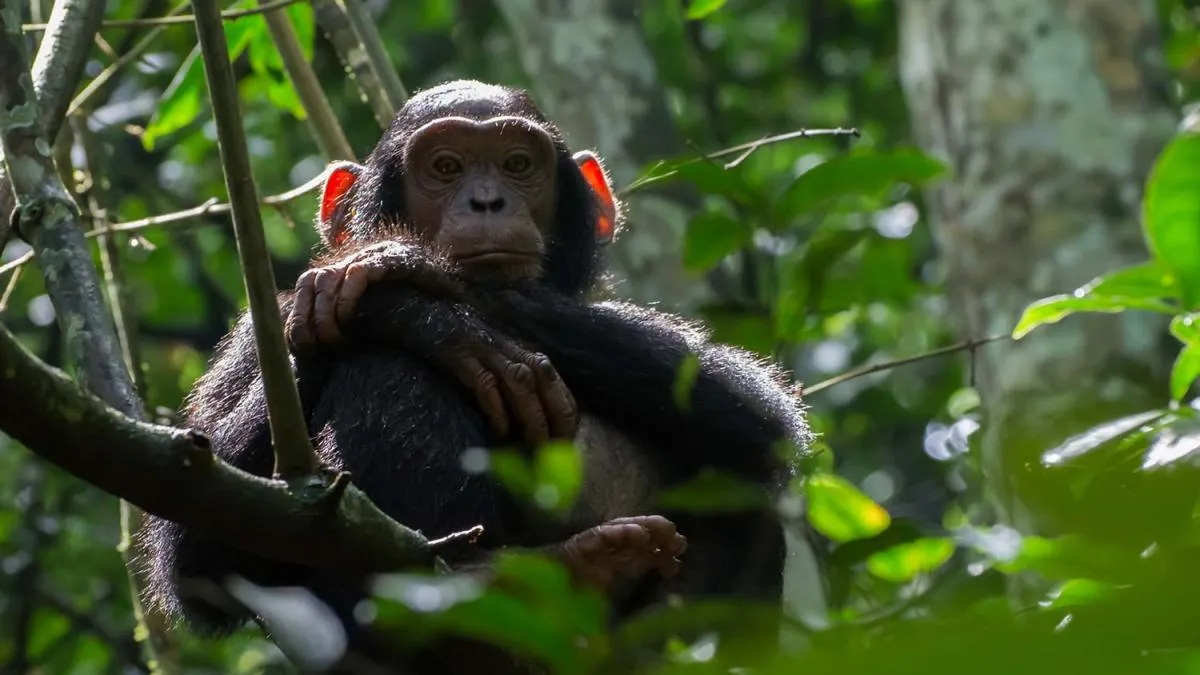
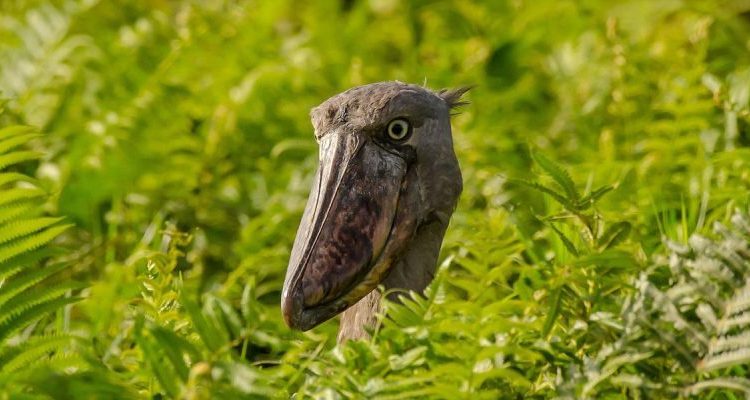


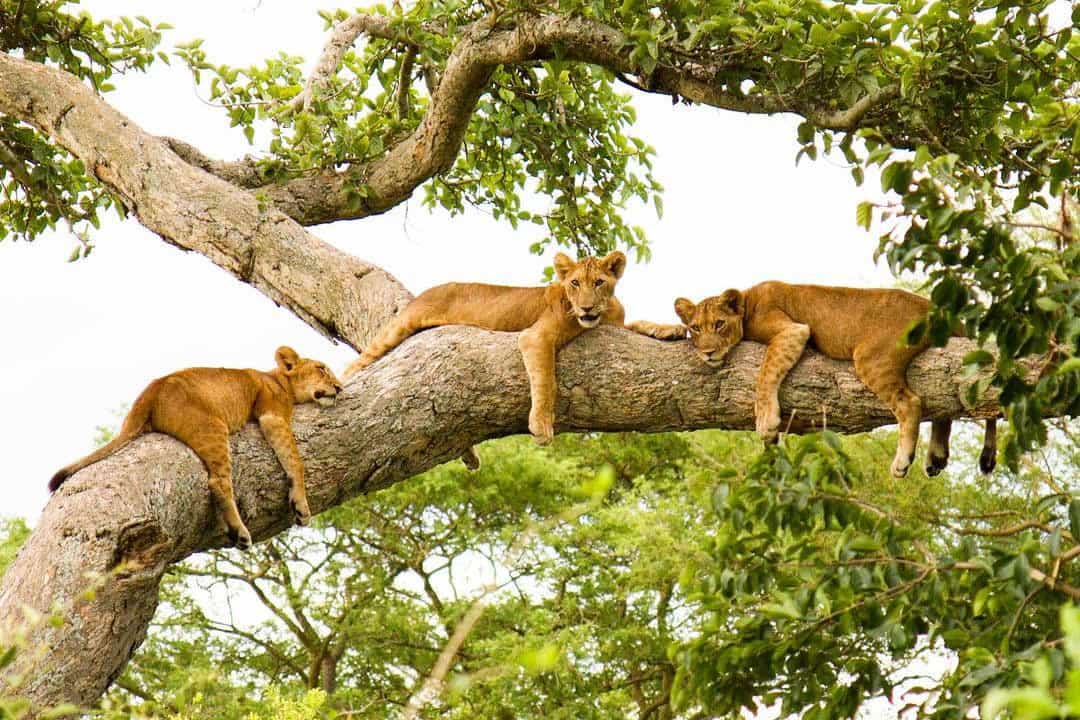
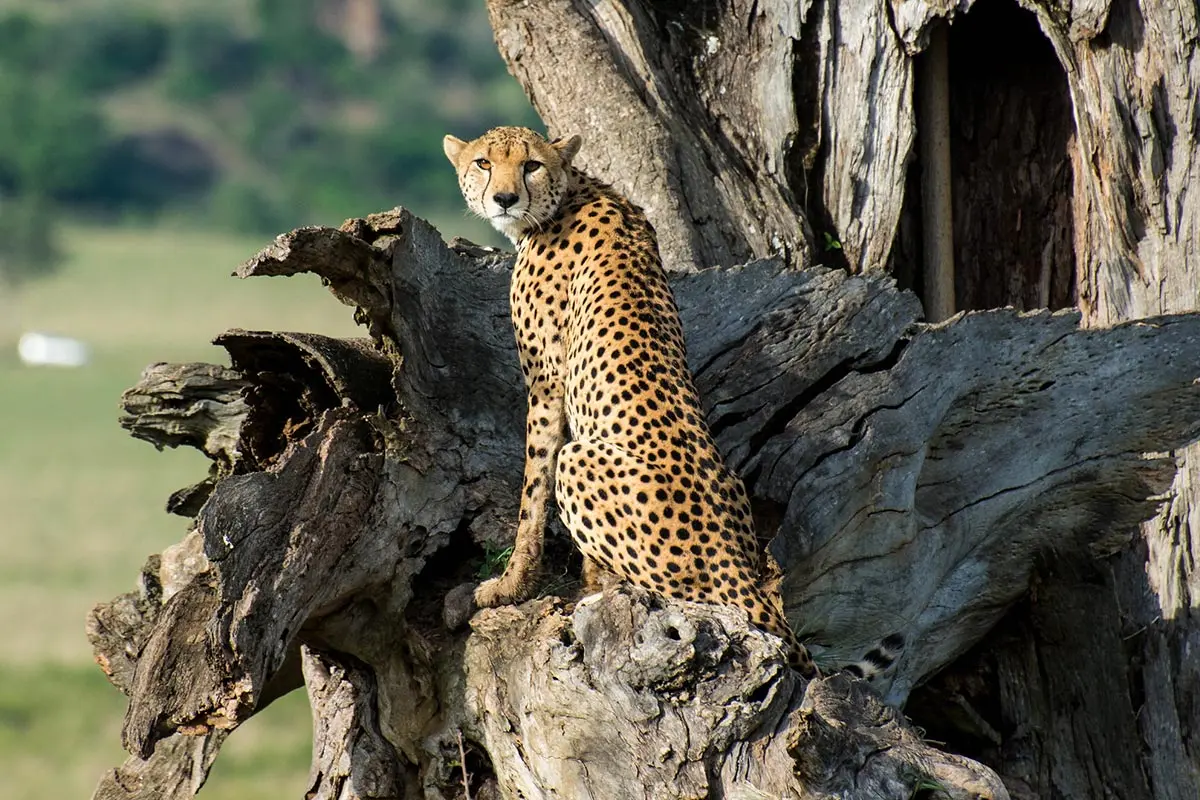
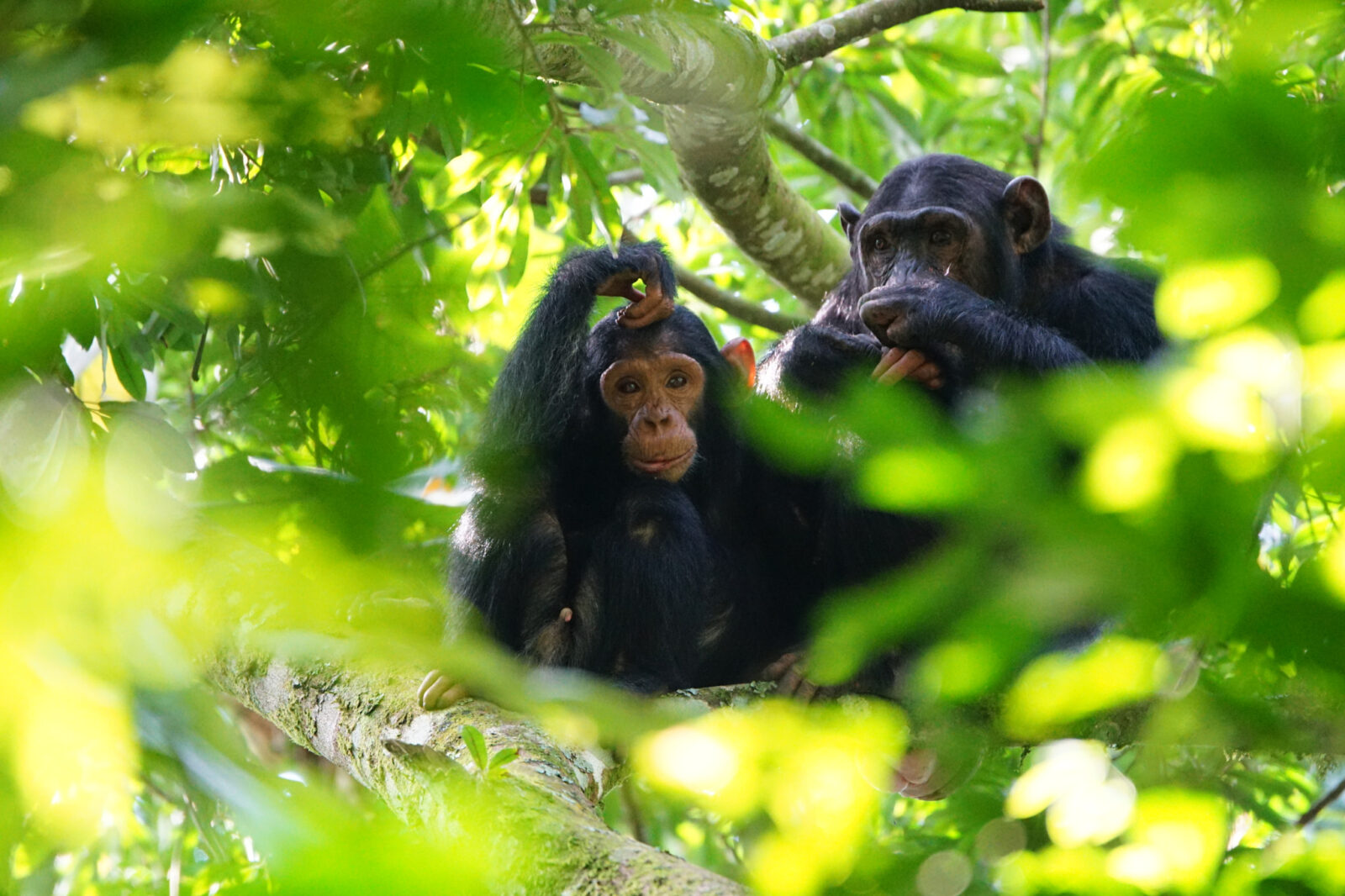





 WildHorn Africa – Authentic and unforgettable tours across Africa, guided by local experts who know the land, wildlife, and culture best.
WildHorn Africa – Authentic and unforgettable tours across Africa, guided by local experts who know the land, wildlife, and culture best.


